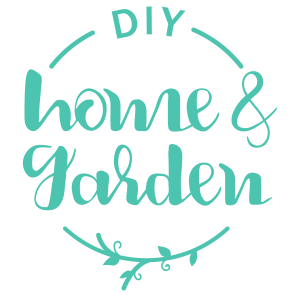Are you ready to garden?
Spring is coming, and you are ready to go gangbusters on this gardening thing. But if you don’t already have your garden beds established, or if you think you need a new one, you may be pondering where to put it. Here are some things to think about when finding the ideal spot.
Here’s How to Choose The Perfect Spot When You’re Ready to Garden
Planting in the right location is vital for success.
1 – Locate it Near a Source of Water
Ideally, all your garden beds will be next to a spigot. Your plants need water, and chances are, if it isn’t easy to water, it will get neglected. If spots next to your existing fixtures are not otherwise suitable, it might be worth running a water line to your garden or running a semi-permanent hose to the area. Anything that will save you time and energy when it’s time to water might save your plants from neglect.
2 – Most Plants Need Plenty of Sun
Most plants, whether decorative or veggies, need 6-8 hours of sun every day. And more is better. If your site doesn’t get enough sun, and you can’t cut out some trees or shrubs to open it up, you will need a different spot. Even if you have a larger budget, you can’t control where the sun shines. The available light will be determinative unless you are specifically looking to plant shade-loving species like outdoor ferns.
3 – Soil is the Soul of the Garden
You can improve soil by adding compost, minerals, and fertilizers, but everything gets easier if you can start from a decent base. Trying to amend your way from the ground that is very sandy or very clay can be difficult. It is worth looking for a spot that gets good sun, has access to water, and has good dirt.
4 – Flat and Well Drained
If you site your garden in a low spot or in soil that doesn’t drain well, your plants will have ‘wet feet,’ and the roots will suffocate and rot. If you can hire contractors for this project, consider landscape drainage companies in your area. They can turn a sloping, swampy site into your perfect new garden bed. If not, look for spots that aren’t on a slope or at the bottom of a hill, never has standing water, and never feels swampy after a rain.
5 – Give Your Plants Some Air
Air circulation will help keep away molds and funguses. Your plants need to be able to feel the breeze stirring in their leaves. Besides, you don’t want to feel hot and suffocated when you are out there weeding, watering, and harvesting. That being said, this is a bit of a balancing act because you do want some windbreaks. Try to find a spot that lets in the breezes but is sheltered from howling gales.

The Bottom Line on Spotting Your Garden in the Right Place
There are some other things to consider as well. Find out if your HOA has any rules you need to follow. Call 811 to determine if there are any water or other utility lines where you intend to dig. Consider convenience as well. You need somewhere to store your garden tools near the garden, and you shouldn’t have to do any bushwhacking to get there. The more pleasant and easy it is to spend time enjoying your garden, the more you will do it.
- Are Geraniums Annual or Perennial? - 09/21/2024
- DIY Home & Garden: Featured on ApartmentGuide - 09/21/2024
- Bacon: Creative Uses That Go Beyond the Breakfast Table - 09/08/2024


